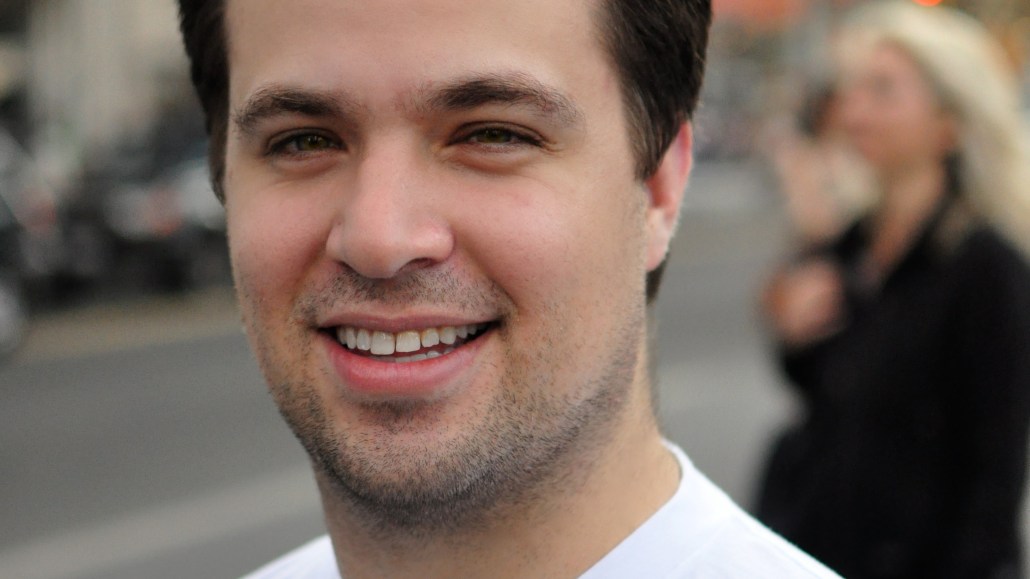
Apple is finally cracking down on apps making use of Unique Digital IDs. This development will completely disrupt the current way of operating in the much-evolving mobile ad industry.
Every iOS device has a unique alpha-numeric code that identifies the device. This allows publishers, advertisers and third parties to recognize a user across apps and websites. Primarily, UDIDs are used to enhance the effectiveness of mobile marketing campaigns.
One of the most popular uses is impression capping, which lets an advertiser set a maximum number of times it wants any one person to see its ad across apps, websites and ad networks. Another widely used UDID practice is for behavioral targeting. With this strategy, an advertiser stitches together users’ browsing histories to understand what they like. From this information, the advertiser can then better target users with ads. Another big use is for download tracking, which allows ad networks to tie an impression served to a download of an app. Without access to UDID, many of the current practices in mobile marketing are no longer possible.
Apple has long been fearful of the advances in digital marketing because of the privacy issues surrounding it. This is why it implemented a private browsing feature in Safari and disallowed marketers from using cookies on iOS. So it is no wonder that Apple has taken a very strong stance against the UDID.
While Apple telegraphed that it was going to phase out UDIDs, many in the industry still did not see it coming and built their businesses on the backs of the UDID. For the most part, there seemed to be a delusion that it is too important to the industry for Apple to really take it away. Well, the UDID is gone now, and many are left with their pants down because their entire businesses were built around the UDID being easily accessible. So I expect many of the “ultra-cool” companies in mobile ad tech to spend the next few months retooling their business and coming up with new ideas, and rightfully so. There are over 100 million smartphones in the US. The estimates are that consumers are spending 60-90 minutes consuming media on them, and both of those numbers are expected to grow substantially in the next 18 months.
While the UDID might be gone, this is actually great news for the mobile industry. For too long we have relied on UDID as a privacy-unfriendly way to re-create the marketing initiatives that worked on the Web. Now that it is gone, we will be forced to recognize and build on the truly unique elements of mobile that can move the industry forward.
Location is a prime example of this. Mobile devices are portable, used on the go, and have built in GPS technology to make their location capabilities precise. While there are certainly privacy concerns about how location should be used in ad targeting, I firmly believe that there are privacy-friendly ways to do this that are also very effective for advertisers. However, hyper-local mobile marketing is a tiny fraction of the total mobile ad market.
Ad position: web_incontent_pos1
So while the shock waves are rattling the industry, let’s use this time to reflect on what makes mobile a once-in-a-generation opportunity to redefine the rules of marketing. Let’s look for the true innovations in the space and remind ourselves that the UDID was a short-term solution that really should not be a part of the longer-term and privacy-friendly mobile eco-system.
Eli Portnoy is the CEO/co-founder of ThinkNear, a hyper-local mobile ad solution.
More in Media

NewFronts Briefing: Samsung, Condé Nast, Roku focus presentations on new ad formats and category-specific inventory
Day two of IAB’s NewFronts featured presentations from Samsung, Condé Nast and Roku, highlighting new partnerships, ad formats and inventory, as well as new AI capabilities.

The Athletic to raise ad prices as it paces to hit 3 million newsletter subscribers
The New York Times’ sports site The Athletic is about to hit 3 million total newsletter subscribers. It plans to raise ad prices as as a result of this nearly 20% year over year increase.

NewFronts Briefing: Google, Vizio and news publishers pitch marketers with new ad offerings and range of content categories
Day one of the 2024 IAB NewFronts featured presentations from Google and Vizio, as well as a spotlight on news publishers.
Ad position: web_bfu